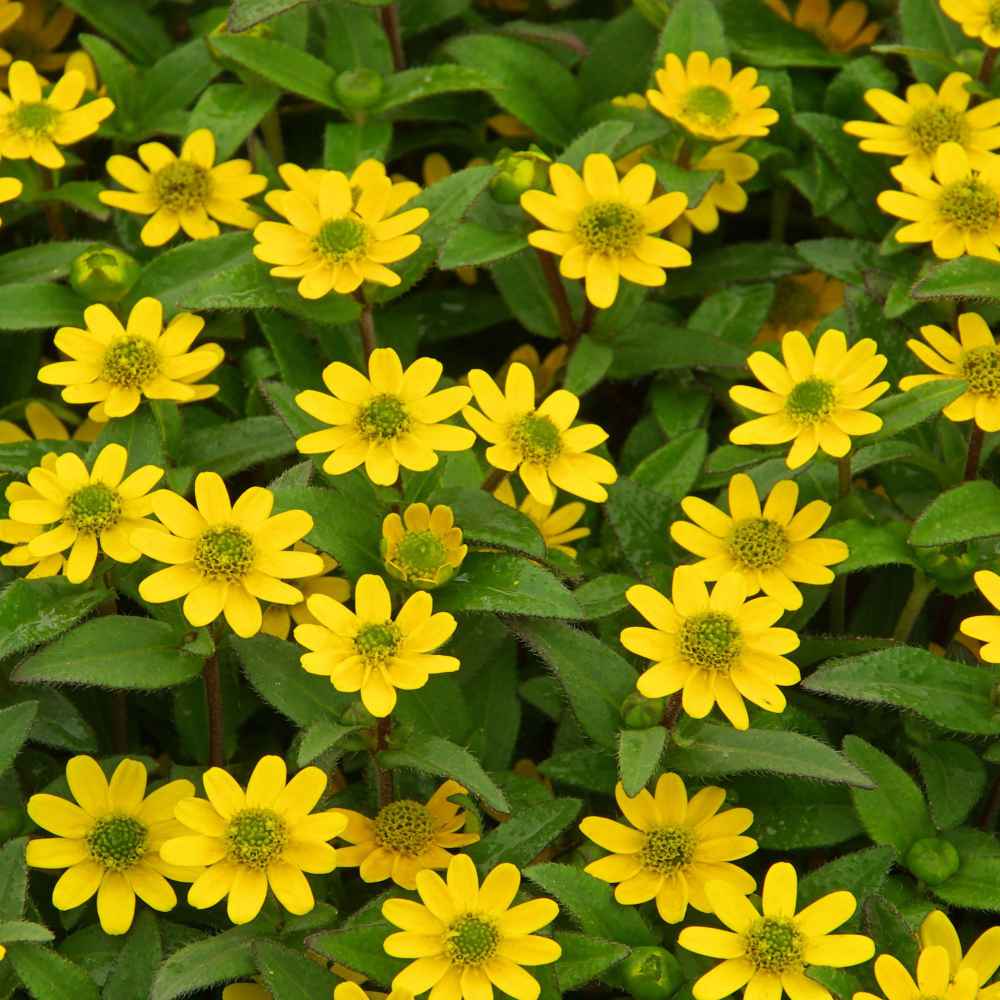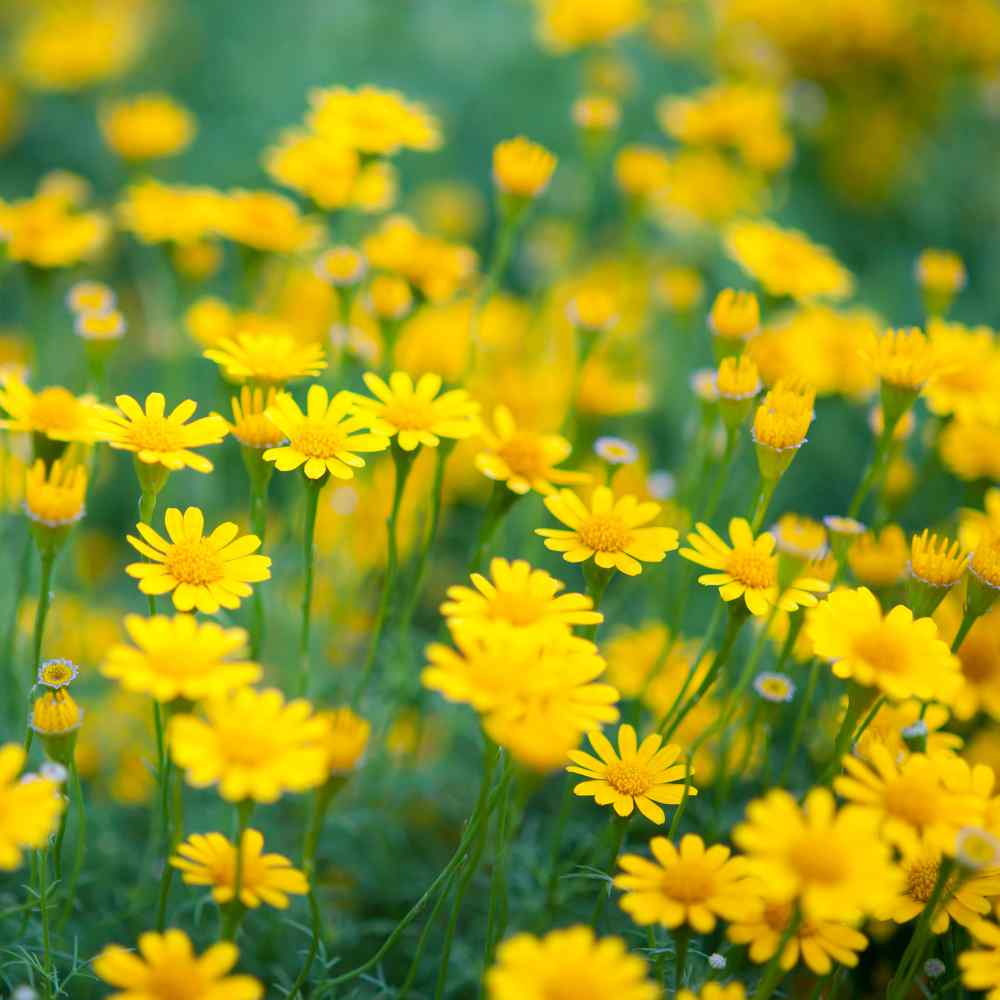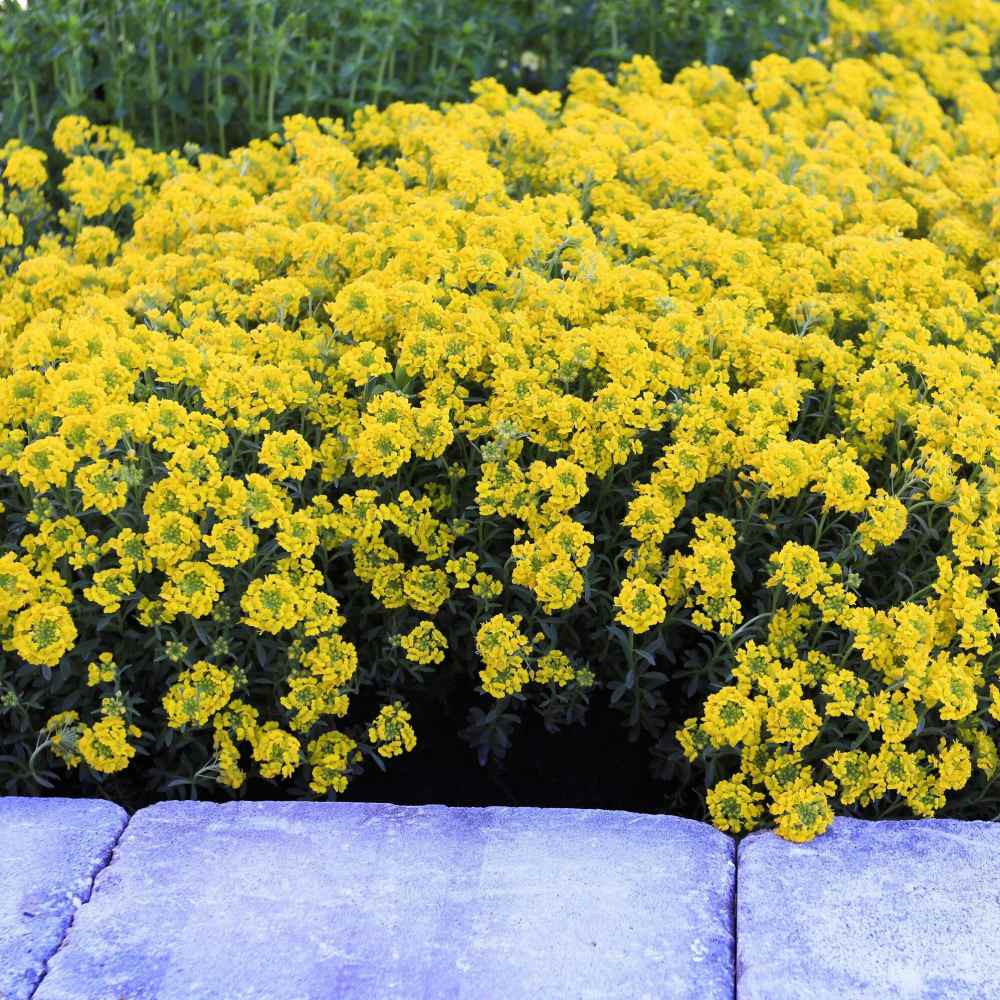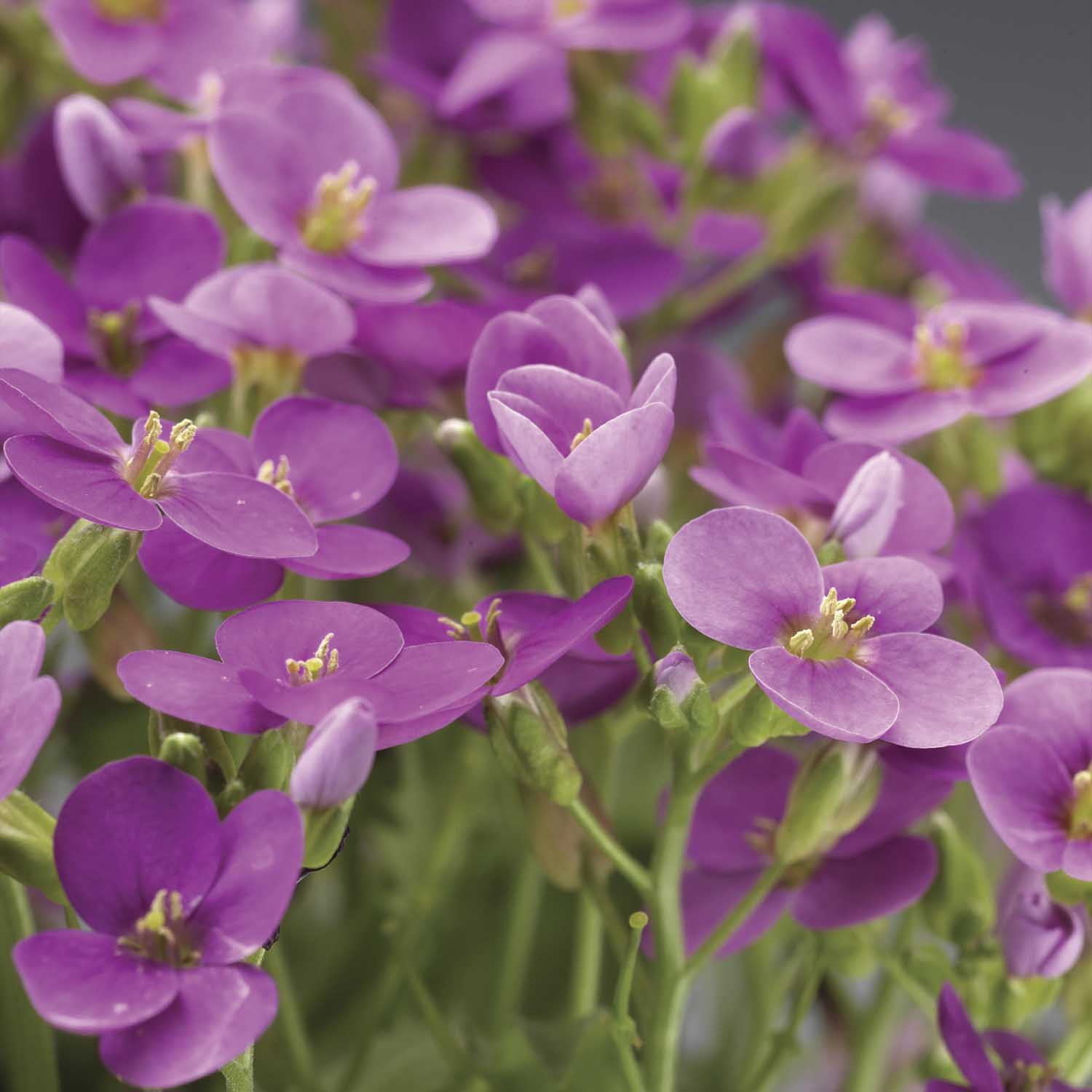
Creeping Zinnia Planting and Care Guide
Quick Facts About Creeping Zinnia
Creeping Zinnia is a low-growing annual that serves well as a summer ground-cover. It can spread up to 12-18 inches, adorning the ground with a mat of green foliage and yellow blooms.
Planting Time
Creeping Zinnia can be started indoors 6-8 weeks before the last expected frost, or directly outdoors after all frost danger has passed.

Planting Location
Creeping Zinnia should be grown in an area of full sun with average soil that is well-drained.
How to Grow Creeping Zinnia
- If starting indoors, sow these seeds into trays or small pots filled with a seed starter mix.
- If sowing directly outdoors, first prepare a seedbed by removing weeds and breaking up soil.
- Surface sow 4-5 seeds per plant, and gently press into soil: light is required for germination.
- Keep seeds moist and at a temperature of 75F degrees. Under proper conditions, germination should occur in 1-2 weeks.
- Once indoor seedlings have a few sets of true leaves, thin to the strongest seedling and transplant outdoors spaced 8-12 inches apart.
- Before transplanting seedlings into the garden, it's essential to "harden them off". This involves acclimating young plants to outdoor conditions by placing them in a sheltered outdoor area for about a week. Initially, shield them from strong winds and direct sunlight. If there's a risk of frost overnight, either cover the plants or bring them indoors, then return them outside in the morning. This hardening off method helps strengthen the plant's cell structure, minimizing transplant shock and sun damage.

Care And Maintenance
- Keep weeds under control during the growing season. Weeds compete with plants for water, space and nutrients, so control them by either cultivating often or use a mulch to prevent their seeds from germinating.
- Mulches play a vital role in preserving soil moisture and ensuring consistent soil temperatures. When it comes to annuals, using organic mulch made from shredded leaves not only enhances the appearance of the bed but also enriches the soil as it decomposes over time. Remember to keep mulch away from the plant stems to avoid potential rot issues.
- Keep soil moist until plants are established. Infrequent watering is needed afterwards, primarily during dry spells.
- Soil enriched with an organic compost should be sufficient for Creeping Zinnia. If grown in pots, a regular application of balanced fertilizer will assist growth.




































